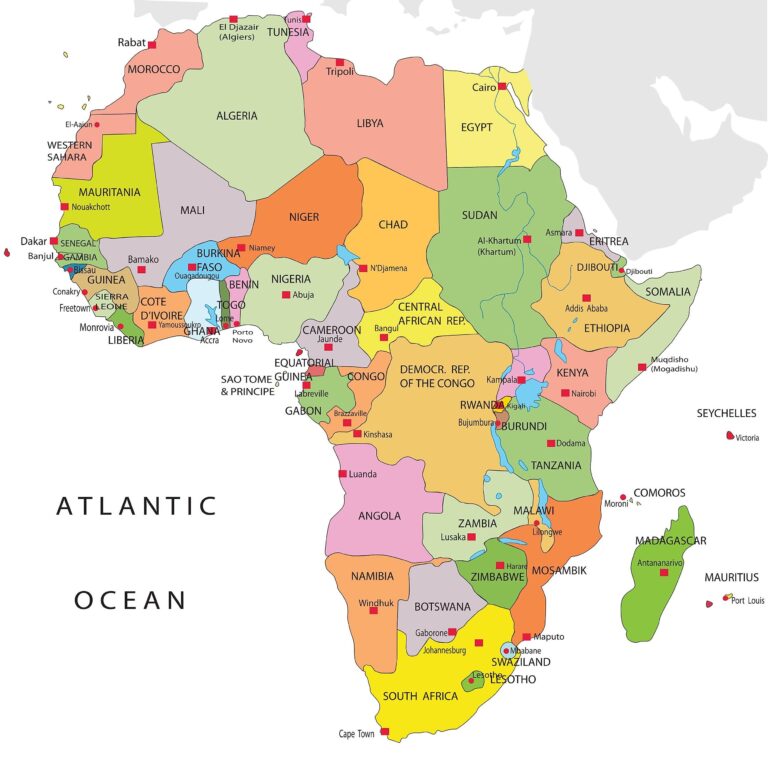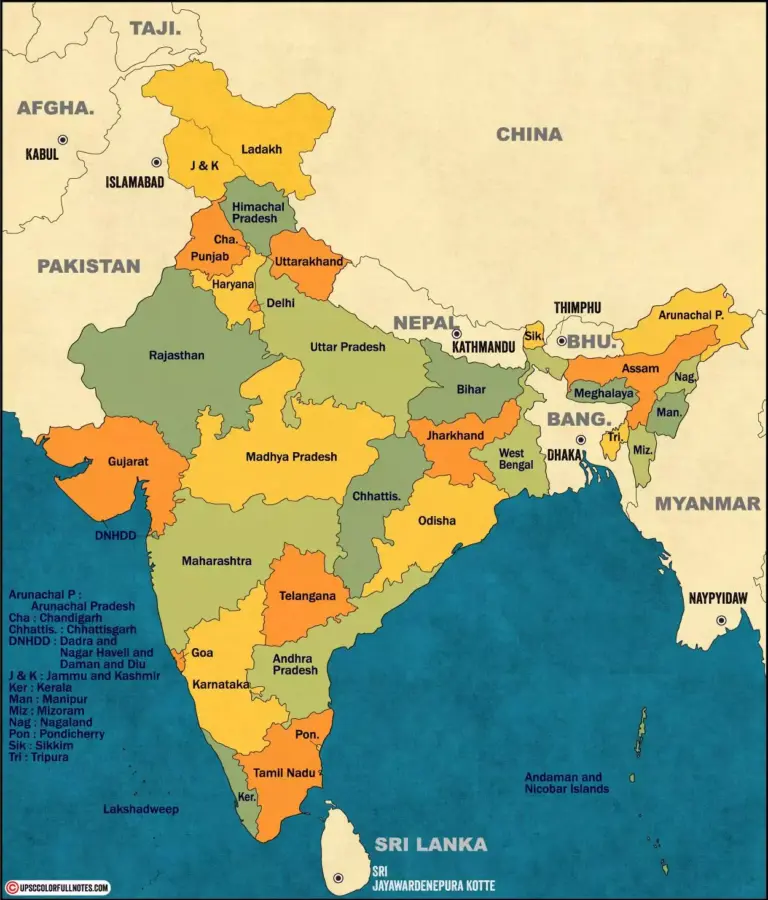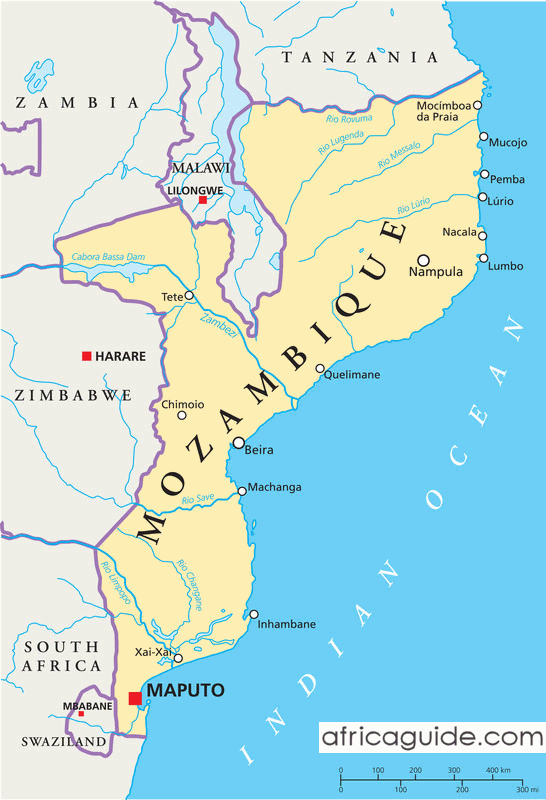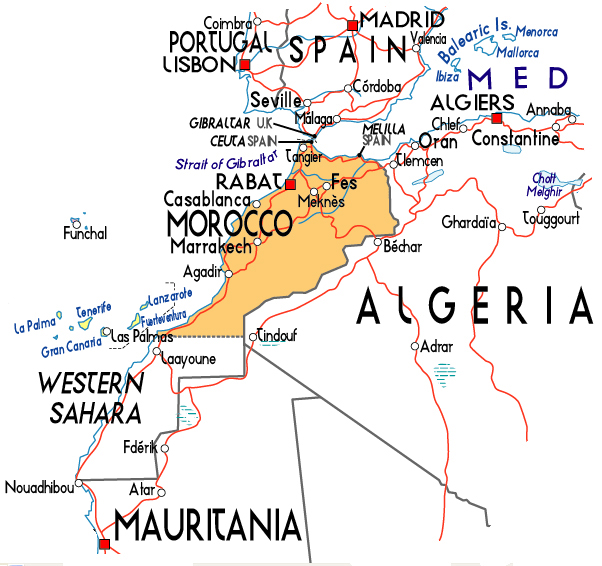Pakistan Neighbouring Countries and South Asian Map
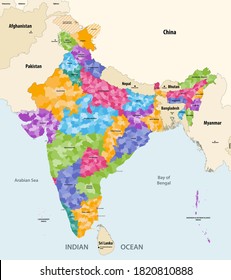
Pakistan’s Neighbouring Countries
Pakistan is nestled in South Asia and cozies up to four diverse neighbors: India, Afghanistan, Iran, and China. These neighbors help shape Pakistan’s standing and relationships with these regional pals. Here, we’ll give you the lowdown on each of these adjoining lands and the political lines that separate them from Pakistan.
Geographic Overview
Pakistan’s spot in South Asia is something to talk about. Surrounded by towering peaks and sweeping deserts, the place is a patchwork of landscapes. Here’s a glance at who it shares its borders with from every direction:
- East: India
- West: Afghanistan and Iran
- North: China
Check out how various features line up:
| Country | Direction from Pakistan | Notable Geographical Features |
|---|---|---|
| India | East | Thar Desert, Punjab Plains |
| Afghanistan | West | Hindu Kush Mountains, Khyber Pass |
| Iran | Southwest | Balochistan Plateau |
| China | North | Karakoram Range, Khunjerab Pass |
For a deeper dive into the geography of these countries, browse through our articles on India and China.
Political Borders
Pakistan’s political lines with its neighbors have played major roles in shaping its game plan with them over the years. Each border’s got its own story and weight.
-
India: Sporting a huge chunk of the benchmark—some 3,323 kilometers long—the border with India is headline-worthy. Stretching through hotbeds like Punjab and Jammu & Kashmir, there’s loads to track. Peek into the border’s history in our comprehensive read.
-
Afghanistan: The Durand Line marks the hangout between Pakistan and Afghanistan, running around 2,670 kilometers. It carries immense cultural and political mojo, especially for Pashtun tribes chilling on either side. Dig into the Durand Line’s tale in our next piece.
-
Iran: Pakistan’s stretch with Iran, about 959 kilometers long, weaves through the Balochistan plateau. Here’s where security measures matter, given the trade hustle and bustle plus the regional peace pact vibe. Get the scoop on Pakistan-Iran’s border dealings.
-
China: Sneaking northwards to China is 523 kilometers of terrain. Here, the famed Karakoram Highway and Khunjerab Pass crank up the trade lingo and cross-country pacts. Find out more about this scenic route in our feature on the Karakoram Highway.
| Border with | Length (km) | Key Highlight |
|---|---|---|
| India | 3,323 | Historical tiffs |
| Afghanistan | 2,670 | The Durand Line’s stories |
| Iran | 959 | Balochistan Plateau’s quirks |
| China | 523 | Karakoram Highway’s wonders |
Exploring Pakistan’s borders reveals the intricate dance of its ties with surrounding countries. This closeness impacts everything from security talks to shopping trips across borders. Dive into our dedicated segments on Afghanistan and Iran for another layer of insights.
Pakistan’s Border with India
Length and Location
Pakistan and India share one heck of a border that’s often in the spotlight. Covering a hefty 3,323 km (or 2,065 miles if you prefer), this boundary snakes through a mix of different regions. Here’s the scoop on its path:
- It runs across Gujarat and Rajasthan on the Indian side, meeting up with Pakistan’s Sindh province.
- Crosses the famous Radcliffe Line in Punjab, which played a big part in the 1947 partition.
| Border Sections | Length (km) |
|---|---|
| Gujarat-Rajasthan & Sindh | You won’t find a fixed number here. |
| Punjab (Radcliffe Line) | Also variable, depends on the map. |
| Total Length | 3,323 |
Historical Significance
There’s a lot of history packed into this border. Locked in since 1947 when British India split, it’s been a hotbed for both squabbles and handshake moments between India and Pakistan.
-
Partition and the Radcliffe Line: This zigzag was drawn by Sir Cyril Radcliffe, chopping up mainly Muslim and Hindu areas into what we now call Pakistan and India.
-
1965 and 1971 Wars: They weren’t just neighbors yelling over a fence. These wars over Kashmir had big dogs like the U.S. and Soviet Union playing referee.
-
Kashmir Conflict and Ceasefire: Since 1989, things have been tense with uprisings in Indian-held Kashmir, keeping the pot boiling with reports of skirmishes even after the 2003 ceasefire.
And if you’re up in a spaceship, you’d spot this border from orbit, thanks to around 150,000 lights marking it out like stars on earth.
Explore more about the borders of countries like Morocco and Nepal in our other guides.
Pakistan’s Border with Afghanistan
Durand Line
You ever heard of the Durand Line? This is the massive 1,510-mile border stretch separating Afghanistan from Pakistan. It was drawn way back in 1893 when the Brits were still calling the shots in the region. Since then, it’s been a hot topic, causing more debates than a family argument on Thanksgiving. It slices right through the turf of the Pashtun and Baloch tribes, meaning it’s not just a line in the sand but a real cultural divider.
| What We Call It | What It’s About |
|---|---|
| Durand Line | 1,510 miles |
| Drew it First | Brits, 1893 |
| Who’s Involved | Pashtun, Baloch |
If borders pique your interest, maybe check out the stories about Maldives’ neighbors and Nigeria’s neighbors. It’s like a little vacation around the world’s perimeters.
Cultural Impact
Let’s get real about the Durand Line’s cultural impact. It’s like someone put a fence in your backyard without asking. The Pashtun and Baloch folks found themselves on either side despite sharing traditions, histories, and, of course, family members. It’s a cross-border life whether the governments like it or not.
Family gatherings take on a new level with these people with shared celebrations and languages bouncing across the line. That said, restrictions have made life tricky, turning what should be a stroll across the neighborhood into a bureaucratic headache. These hurdles shape everything from family dynamics to political landscapes in a big way.
Keen on similar stories? Dive into the cultural mix of Morocco’s neighboring countries and Mexico’s neighboring countries. You’ll get a flavor of how borders affect societies just about everywhere.
Pakistan’s Border with Iran
Stretching over quite a distance, the border between Iran and Pakistan is more than just a line on a map; it’s a critical area buzzing with activity and control efforts. Here’s a closer look at what makes this border tick and the measures taken to keep things in check.
Border Length
The border running between Iran and Pakistan goes on for about 564.8 miles (or 909 kilometers) (Council on Foreign Relations). Starting from where Afghanistan, Iran, and Pakistan meet in the north, all the way down to the Gulf of Oman in the south, it cuts a broad path.
| Border Aspect | Details |
|---|---|
| Length (miles) | 564.8 |
| Length (kilometers) | 909 |
Separating Pakistan’s Balochistan from Iran’s Sistan and Baluchestan, this border isn’t just about geography. It’s a line that affects the lives and economies of those nearby, making it a focal point for cooperation and sometimes conflict.
Security Measures
Iran has been busy reinforcing security along this major border. A standout move has been the building of a concrete barrier to stop illegal crossings and thwart anyone trying to sneak contraband goods (World Atlas).
Here’s how they keep things under control:
- Concrete Wall Barrier: A solid wall helping halt unwanted crossings and the flow of illegal goods.
- Patrol Squad and Surveillance Work: Both Iran and Pakistan have their forces patrolling, watching every nook and cranny to keep things safe.
- Checkpoints Galore: Set up all along the border, these spots help manage who and what gets through.
| Security Measure | Description |
|---|---|
| Wall Barrier | A sturdy concrete wall to block illegal crossings and smuggling |
| Patrols | Military and paramilitary people keep an eye on the border |
| Checkpoints | Used for keeping tabs on the movement of people and goods |
Thanks to these efforts, the region manages to stay relatively peaceful and under control.
For anyone curious about the broader geographical and political stories of other nearby countries, explore articles like nepal neighboring countries and myanmar neighboring countries.
Pakistan’s Border with China
Length and Terrain
Stretching around 363.5 miles, the border between Pakistan and China is a fascinating piece of geography, boasting the rugged beauty of the Karakoram Range World Atlas. This area isn’t just a wilderness of high-altitude peaks and remote valleys; it’s a strategic gem for both countries, offering unique challenges and opportunities.
| Border Stuff | Fun Facts |
|---|---|
| How Long? | 363.5 miles |
| Type of Land? | Mountainous (Karakoram Range) |
The awe-inspiring terrain includes spots like the Khunjerab Pass, which carries its weight not only in rocks and snow but also in its importance for connecting Pakistan and China. This pass works overtime, facilitating trade and transport despite its high-altitude challenges.
Karakoram Highway
Known as the “Eighth Wonder of the World,” the Karakoram Highway doesn’t just join two countries; it defies the odds by passing through impossible landscapes Office of the Historian, Foreign Service Institute. The highway kicks off its journey in Hasan Abdal, Punjab, snakes through the Khunjerab Pass, and finally eases into the welcoming arms of Kashgar in China.
| Main Points | More Info |
|---|---|
| Kick-off in Pakistan | Hasan Abdal |
| The Big Crossing | Khunjerab Pass |
| End of the Line in China | Kashgar |
This highway is a lifeline for trade and trade relations galore economic relations, and a must-see for folks ready to feast their eyes on sweeping views of snow-capped peaks and charming valleys.
Curious about how Pakistan cozies up to its other neighbors? Browse through our reads on India and Afghanistan.
Beyond the road itself, security is tight along this border to ensure the smooth flow of goods and folks alike. Keeping the highway in tip-top shape remains a big deal for both countries, cementing not only a route but a partnership that enhances their ease of access to one another.
Pakistan’s Economic Relations
Thanks to its prime spot on the map, Pakistan’s got a pretty sweet setup for trading with big shot economies. Major trading players in Pakistan sign in from next door and far off, making for some solid economic vibes.
Export and Import Partners
When you know who Pakistan is shipping goods to and who it’s getting stuff from, you get a clearer picture of its economic buddies. The World Bank spills the beans on Pakistan’s fave trade partners—let’s check them out:
Top 5 Export Partners
- United States
- China
- United Kingdom
- Germany
- Afghanistan
| Partner Country | Export Value ($ Billion) |
|---|---|
| United States | 3.94 |
| China | 2.09 |
| United Kingdom | 1.67 |
| Germany | 1.09 |
| Afghanistan | 1.06 |
Top 5 Import Partners
- China
- United Arab Emirates
- Saudi Arabia
- Indonesia
- United States
| Partner Country | Import Value ($ Billion) |
|---|---|
| China | 11.11 |
| United Arab Emirates | 4.52 |
| Saudi Arabia | 3.83 |
| Indonesia | 2.31 |
| United States | 1.98 |
Trade Agreements
Trade pacts are what keep Pakistan’s businesses buzzing. Pakistan’s got a load of these deals rolling in, helping it cozy up with markets worldwide.
Bilateral Investment Agreements
Pakistani investments have pals in 42 countries, some of which are pretty recognizable:
- Australia
- Azerbaijan
- Mauritius
- Bangladesh
- China
- France
- Germany
- Italy
- Japan
- Turkey
- United Kingdom
- And loads more (International Trade Administration – U.S. Department of Commerce).
Free Trade Agreements
Pakistan’s got a knack for crafting free trade agreements that get goods zipping through with more ease:
- Sri Lanka
- China
- Malaysia
Plus, with its membership in the South Asian Association for Regional Cooperation (SAARC), Pakistan pushes for neighborly trade business. On top of that, it holds special trade agreements with:
- Iran
- Indonesia
- Turkey
- Mauritius (International Trade Administration – U.S. Department of Commerce).
Double Taxation Agreements
To dodge paying taxes twice over, Pakistan’s sealed pacts with 53 countries, including:
- Australia
- Canada
- Germany
- Japan
- United Kingdom
- India
- South Korea
- And many others (International Trade Administration – U.S. Department of Commerce).
If you’re itching to know more about Pakistan’s interactions with its neighbors, take a look-see over at lithuania neighboring countries and luxembourg neighboring countries.

